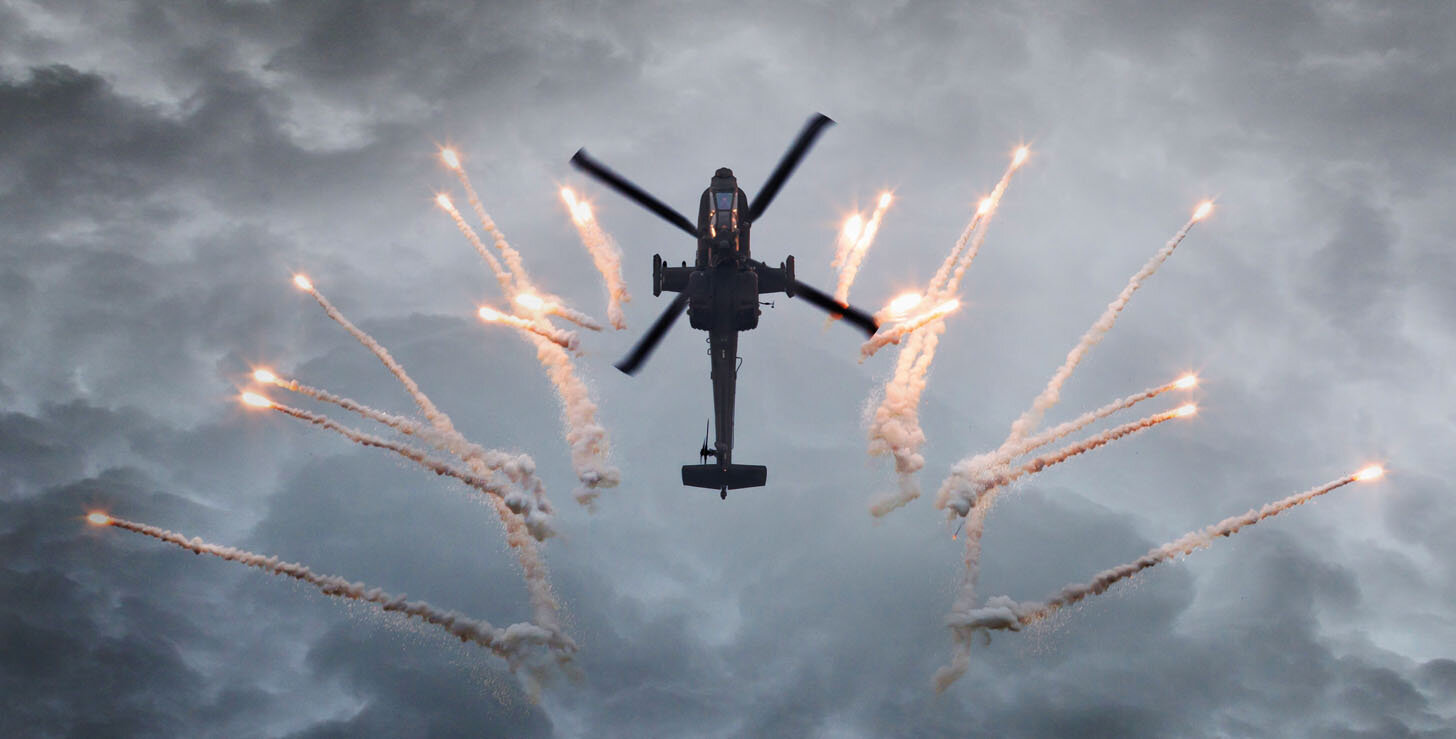
Avionics Principles
Presenters: Dr Ian Faulconbridge
Click Register to view available course delivery modes (virtual/face-to-face), dates, and locations.
The registration page allows you to register individually or to register groups of up to 15.
Duration: 3 Days | Price: $2,970
Course Aim
This course provides a complete coverage of modern avionics systems whilst avoiding as much of the mathematical complexity as possible. The course is presented within an established framework and includes coverage of the major avionics areas of aircraft electrical power, communication/navigation/identification (CNI), sensors, architectures, and system integration. The course is aimed at people who need to understand the principles of avionics, including non-technical people involved with acquisition or management of avionics systems or engineers who need an introduction to the field or a refresher course. Attendees will receive a copy of the presenter’s book Avionics Principles.
Course Outline
Introduction: The introduction covers aircraft systems and functionality, and the major elements of typical avionics system.
Aircraft Electrical Systems: Avionics systems use electrical power provided by the aircraft’s electrical system. The concept of generating AC and DC electrical power and using of battery technology is discussed, as are the relevant electrical design standards and principles used in both military and civilian aircraft.
Digital Flight Control Systems: The basics of traditional flight control are described before the concepts behind digital flight control systems (DFCS) and fly-by-wire (FBW) flight control are described.
Aircraft Sensors: The course covers the sensors found on typical civilian and military aircraft. This section concentrates on what information the different sensors are able to provide to the broader avionics systems. Sensors covered include air data sensors, inertial sensors, radar, and electro-optic sensors.
External Communication Systems: The course covers a breadth of aircraft external communication systems including both voice and data communication over line-of-sight ranges and beyond. This section also includes discussions on communication systems used for aircraft identification in both civilian air-traffic control and military scenarios such as Mode-S and IFF.
Navigation: Self-contained, dead-reckoning navigation systems such as inertial navigation are described as are the plethora of external navigation aids available to modern aircraft. These include satellite-based navigation and traditional navigation aids such as VOR and DME. Some of the challenges associated with navigation across a rotating and (almost) spherical earth are also introduced.
Avionics Architectures and Software: The heart of avionics systems is generally a number of computer systems each performing different avionics functions defined by the software they run. The computers generally share data via a data network of some sort, often called an avionics data bus. This section of the course looks at avionics architectures, military and civilian data bus standards, and some of the challenges of integration and real-time computing.
Cockpit Systems: Most aircraft still rely on human operators (pilots and other aircrew) so this section of the course takes a brief look at some of the human-machine interfacing (HMI) technologies that are found in typical aircraft. This includes cockpit controls and displays such as helmet-mounted displays (HMD.) and head-up displays (HUDs).
Course Material
The following resources will be provided to attendees of this course:
A copy of Avionics Principles.
A PDF copy of the PowerPoint presentation slides.
To get the most out of the course, participants should provide their own writing paper/pens and scientific calculators to participate in worked examples during the course.
